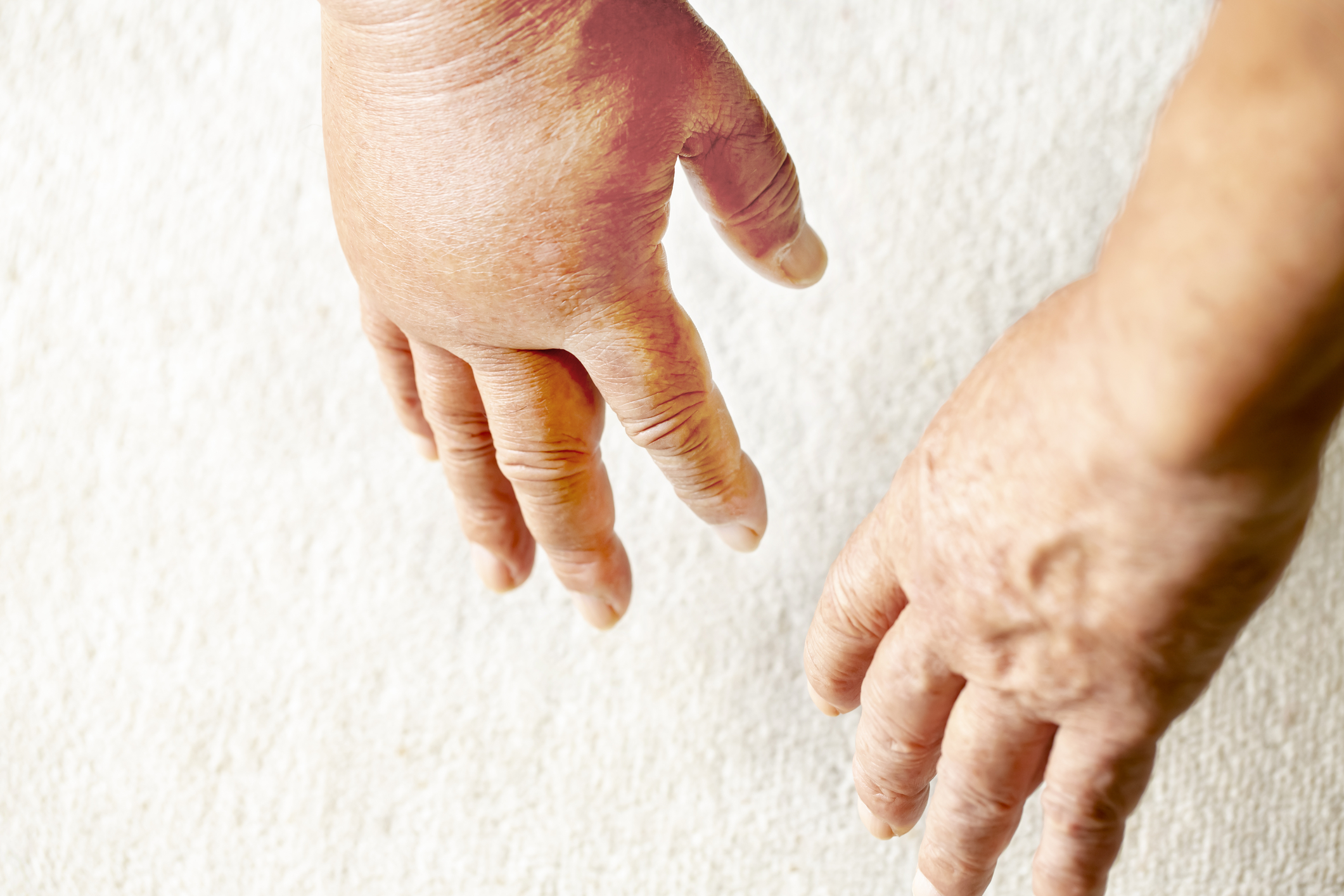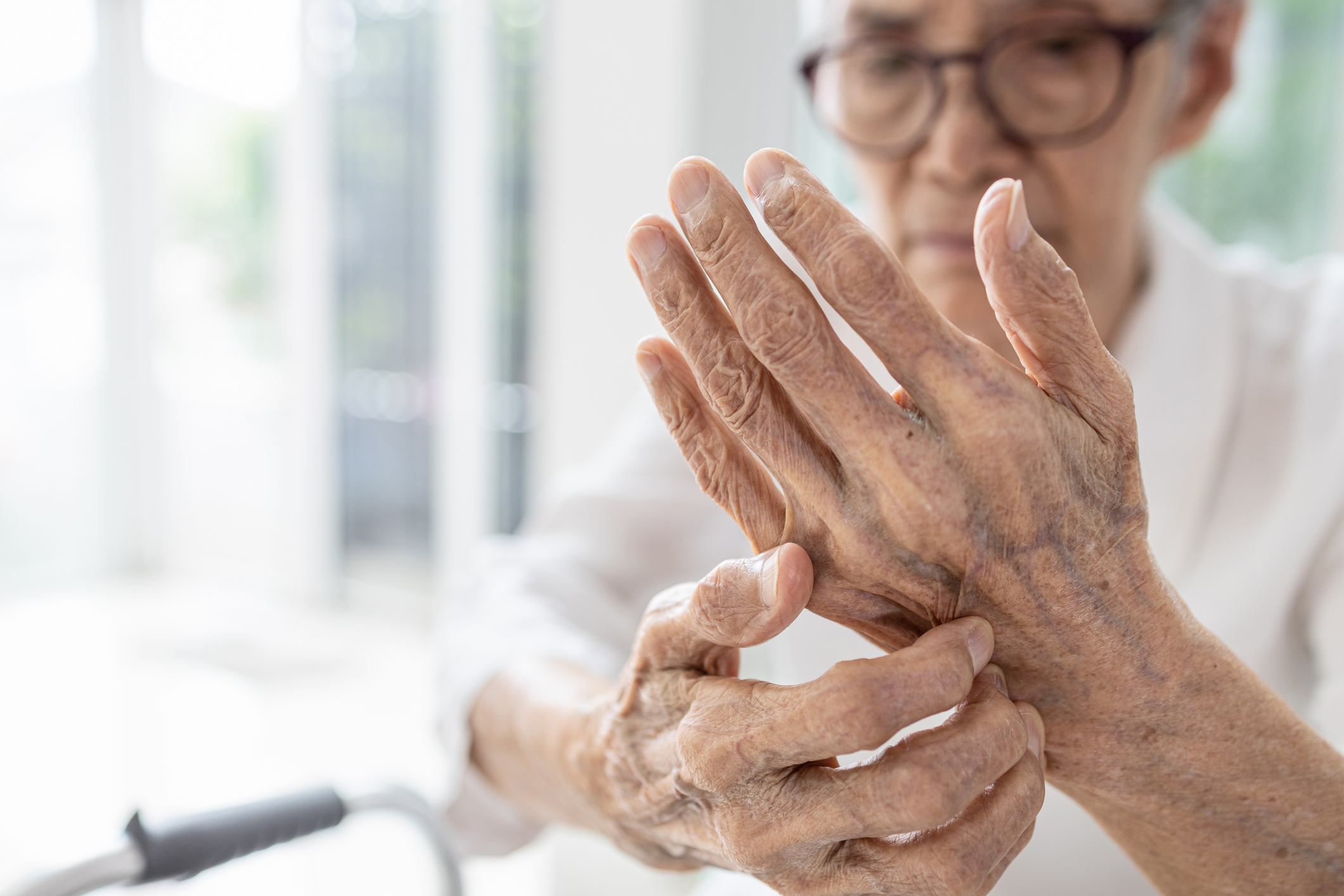Understanding Psoriatic Arthritis: Symptoms, Diagnosis, and Management
Psoriatic arthritis (PsA) is a chronic autoimmune condition that affects both the skin and the joints. It occurs in individuals who have psoriasis, a skin disorder characterized by red, scaly patches, but not everyone with psoriasis will develop psoriatic arthritis. This condition can significantly impact quality of life if not managed properly. Understanding PsA, its symptoms, diagnosis, and management strategies is crucial for those affected and their caregivers.
What is Psoriatic Arthritis?

Psoriatic arthritis is an inflammatory arthritis associated with psoriasis. It is characterized by joint pain, swelling, and stiffness that can lead to joint damage if left untreated. The exact cause of PsA is not entirely understood, but it is believed to involve a combination of genetic, immune, and environmental factors. In people with PsA, the immune system mistakenly attacks the body's own tissues, leading to inflammation in the joints and sometimes in the skin.
Symptoms of Psoriatic Arthritis

The symptoms of PsA can vary widely from person to person and may include:
- Joint Pain and Swelling: PsA typically causes pain, swelling, and tenderness in the joints. It can affect any joint, including the fingers, toes, knees, elbows, and spine.
- Morning Stiffness: People with PsA often experience stiffness in the affected joints, especially in the morning or after periods of inactivity.
- Skin Symptoms: As PsA is associated with psoriasis, individuals may have skin symptoms such as red, scaly patches on the skin, commonly found on the elbows, knees, and scalp.
- Nail Changes: PsA can cause changes in the nails, including pitting (small dents), discoloration, and separation of the nail from the nail bed.
- Fatigue: Chronic inflammation can lead to a general feeling of tiredness or fatigue, impacting daily activities and overall quality of life.
- Enthesitis: This is inflammation of the places where tendons and ligaments attach to bones, leading to pain and swelling, commonly in the heels and the bottoms of the feet.
- Dactylitis: Sometimes called "sausage digits," this condition causes swelling of the fingers or toes, making them look like sausages.
Diagnosis of Psoriatic Arthritis

Diagnosing PsA can be challenging because its symptoms overlap with other forms of arthritis. There is no single test for PsA, so diagnosis typically involves a combination of:
- Medical History: A detailed medical history helps the physician understand the patient’s symptoms and any history of psoriasis.
- Physical Examination: A physical exam focuses on joint inflammation, skin lesions, and nail changes.
- Blood Tests: Blood tests are used to rule out other forms of arthritis, such as rheumatoid arthritis, and to assess inflammation markers. However, no specific blood test can confirm PsA.
- Imaging Studies: X-rays or MRI scans can be used to detect joint damage and inflammation, helping to differentiate PsA from other types of arthritis.
Management of Psoriatic Arthritis

While there is no cure for PsA, effective management can help control symptoms, reduce inflammation, and improve quality of life. Strategies include:
Medications: Several types of medications are used to manage PsA:
- Nonsteroidal Anti-Inflammatory Drugs (NSAIDs): These help reduce pain and inflammation.
- Disease-Modifying Antirheumatic Drugs (DMARDs): Medications like methotrexate can slow the progression of the disease and prevent joint damage.
- Biologics: These are targeted therapies that address specific components of the immune system involved in inflammation. They are used in more severe cases of PsA.
- Janus Kinase (JAK) Inhibitors: These are a newer class of oral medications that target specific enzymes involved in the inflammatory process.
Physical Therapy: Engaging in physical therapy can help maintain joint function, improve strength, and reduce stiffness.
Lifestyle Modifications: Adopting a healthy lifestyle can support overall well-being and disease management:
- Exercise: Regular, low-impact exercise such as swimming or cycling can help maintain joint mobility and reduce stiffness.
- Healthy Diet: A balanced diet rich in anti-inflammatory foods can support overall health and reduce inflammation.
- Stress Management: Stress can exacerbate symptoms, so incorporating stress-reduction techniques like meditation or yoga can be beneficial.
Skin Care: Managing psoriasis with topical treatments, phototherapy, or systemic medications can help control skin symptoms and reduce the impact on joints.
What to Remember

Psoriatic arthritis is a complex and multifaceted condition that requires comprehensive management. Understanding its symptoms, seeking early diagnosis, and implementing a tailored treatment plan are essential steps in managing the disease effectively. By combining medication, physical therapy, lifestyle changes, and ongoing medical care, individuals with PsA can achieve better control of their symptoms and improve their quality of life.